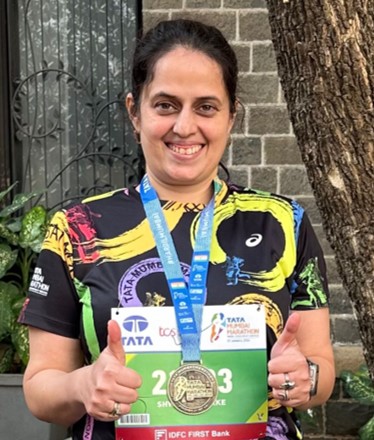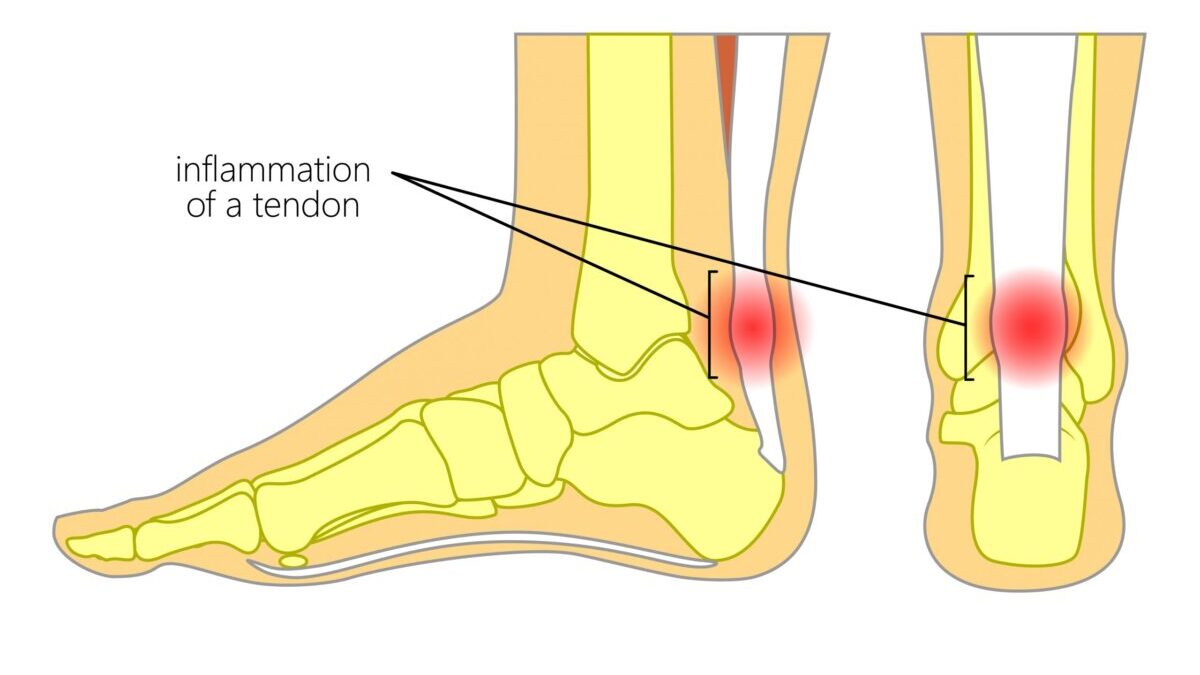For runners, there’s nothing quite like the sensation of pushing off the starting line, feeling the wind in your face, and the rhythmic thud of each step. But what happens when the very foundation of your running world, the back of your foot, starts sending out distress signals? As
a result, you suddenly stop or find yourself unable to run at your optimal level. Your physiotherapist says you have Achilles tendinitis, and you wonder What is this? ,is this condition treatable lot more questions. Well, we are here to explain the condition in a simplified
way. So, let’s take it step by step and understand this condition.
What is Achilles Tendinitis?
Achilles tendinitis is when a part in the back of your leg, called the Achilles tendon, gets sore
and hurts. It’s like a stretchy band that connects your calf muscle to your heel.
It may affect 9% of recreational runners and cause up to 5% of professional athletes to end their
careers.
Factors Causing Achilles Tendinitis
Excessive mileage, improper training techniques, and inadequate shoe wear have been implicated as the causes of Achilles tendinitis.
Symptoms of Achilles Tendinitis
- Pain and stiffness along the Achilles tendon in the morning
- Pain along the tendon or back of the heel that worsens with activity
- Severe pain the day after exercising
- Thickening of the tendon
- Bone spur formation (insertional tendinitis)
- Swelling that is present all the time and gets worse throughout the day or with activity
- Pain on the back of the heal when you wear shoes
- How can sports Physiotherapist help you?
- Running Gait Analysis: An assessment of your walking and running patterns may be conducted to identify any biomechanical issues contributing to the condition.
- Manual Therapy: Hands-on techniques such as massage and myofascial release can help reduce calf muscle tightness and improve blood flow to the injured area.
- Stretching and Strengthening Exercises: These exercises can help improve the tendon’s flexibility and reduce the risk of further injury.
- Eccentric Loading Exercises: These exercises involve lengthening the Achilles tendon under controlled conditions to stimulate tendon repair and strengthening.

Gradual Return to Activity: Structured rehabilitation program to ensure a safe and gradual return to running or sports activities once the tendon has healed.
Shoe and Insole Modification for Athletes
opt for shoes with a cushioned and supportive heel counter, which helps absorb shock and reduce stress on the Achilles tendon. Additionally, consider orthoticinsoles or heel lifts to elevate the heel slightly and decrease the tendon’s load. Look for shoes with good arch support to promote proper alignment and reduce overpronation. Choosing footwear with a flexible, but not excessively bendable, sole will also assist in reducing strain on the Achilles tendon Remember that physiotherapy treatment plan will be tailored to your individual condition and needs. Starting treatment on your own can aggravate the condition.

Dr. Shwetha Rao Warke, the founder of PhysioQinesis, follows the motto, ‘You don’t have to be better than everyone else, but you have to be at your best’. She started her physiotherapy career in (MPT year) with an interest in neurological rehabilitation. With extensive experience in the field, they diversified to sports physiotherapy later on due to her interest and personal fitness journey. She embarked on her journey of entrepreneurship with PhysioQinesis in 2016.
PhysioQinesis is Thane’s first and largest physiotherapy clinic and holistic fitness and sports rehabilitation studio.
Dr. Shwetha strongly believes in teamwork, and helping clients achieve their goals and live life to their fullest potential is the motivation that keeps her going.
